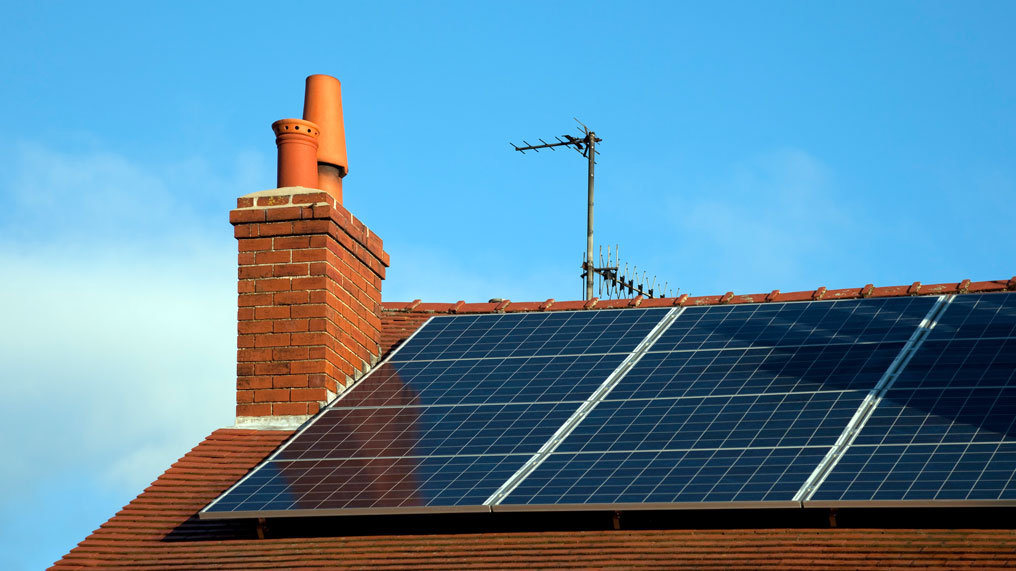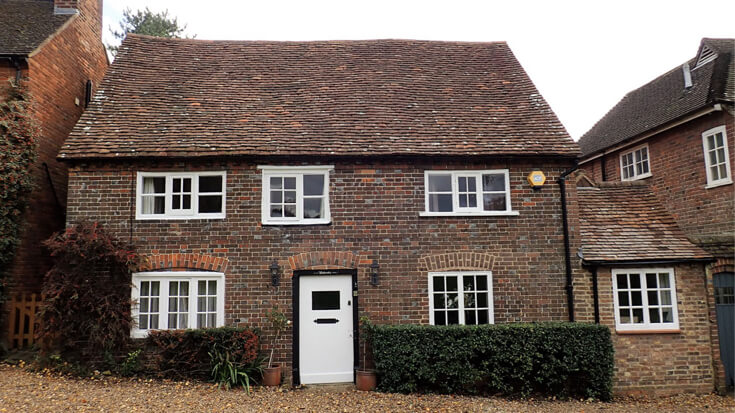We’ve always been a nation of do-it-yourself enthusiasts, but thanks to social media platforms like TikTok, Instagram, and YouTube, DIY home projects have soared in popularity.
Whatever you need help with around the house, you’re sure to find an endless supply of inspiration, advice and ‘how-to’ guides. Whether it’s ambitious renovations or quick-fix repairs, homeowners across the UK are rolling up their sleeves and tackling tasks themselves. But is it always the best idea?
Our recent study revealed that DIY disasters cost UK homeowners an eye-watering £539 million a year, with the average cost of professional repairs reaching a staggering £919 per incident.
We also found that 85% of tradespeople believe social media encourages people to take on jobs that are beyond their skill set, and 57% of homeowners admit they were influenced by online videos to attempt a DIY project.
What are the most common DIY mistakes?
Homeowners attempting to cut costs often run into problems and end up with a costly repair bill. Here are a few of the most common pitfalls:
- Not using a spirit level when putting up shelves
- Boxing in pipes or wiring behind panelling, making it hard to get to
- Using cheap paintbrushes that leave bristles everywhere
- Not measuring up properly and running out of paint/wallpaper
- Damaging unprotected surfaces
Why are DIY disasters on the rise?
DIY blunders are more common because more people are attempting to carry out work themselves, when maybe they shouldn’t. This is largely down to:
- Social media influence: Platforms like YouTube and TikTok make home improvement look easy. Many homeowners underestimate the complexity of tasks before getting stuck in.
- Trying to save money: While avoiding hiring in the professionals may seem like a good idea at the time, a DIY disaster often leads to a big repair bill down the line.
- Lack of experience: Most DIY fails happen because people simply don’t have the right tools or the right experience to carry out the job properly.
The generational divide
Surprisingly, younger generations struggle with even the simplest DIY tasks. Studies show that many Gen Z homeowners lack basic home maintenance skills, with some struggling to change light bulbs or assemble flat-pack furniture.
This reliance on professionals for minor tasks is partly due to a lack of hands-on experience growing up and an over-dependence on social media and digital guides.
When can you do it yourself and when should you call in the experts?
You know your own level of competence with DIY projects, but to give you some guidance, here’s what we think you could comfortably do yourself (but don’t blame us if you get it wrong!).
DIY-friendly tasks:
- Painting and decorating
- Basic furniture assembly (flatpacks, etc.)
- Hanging shelves and pictures (with the right tools)
- Changing light bulbs or replacing fuses
- Garden maintenance, like mowing the lawn and planting
When to call in the professionals:
Electrical work
Wiring, electrical fixtures and fittings can cause a fire in your home if they’re not done properly, and you could run the risk of electrocution. So anything beyond changing a bulb or resetting a fuse should be left to a qualified electrician.
Plumbing
Small jobs like unclogging a drain are fine, but for leaks or pipe installations, a plumber is your safest bet. Plumbing mistakes often result in leaks and water damage.
Gas and heating work
Gas leaks and boiler repairs must always be handled by a registered Gas Safe engineer.
Structural changes
Knocking down walls or changing a load-bearing structure can have serious consequences if it's not done correctly. Plus, dodgy tiling or uneven flooring could affect the value of your home.
DIY can be a fun and rewarding way to improve your home, but knowing your limits is key. Before picking up a hammer or a drill, take the time to assess whether the task is within your skill set. If in doubt, calling a professional could save you time, stress, and unexpected costs in the long run.




